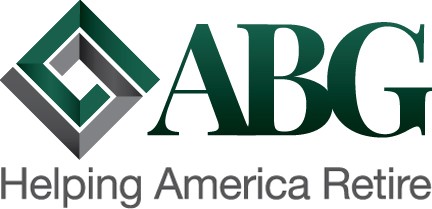
Do You Consider Vesting a Cost?
Despite the fact that few people do a search for "cheapest CPA" when it is time to do their taxes, or "cheapest laser eye surgery" when it is time to have their vision fixed, many in the industry look for the cheapest 401(k) plan. What does that even mean?
Neither the IRS nor the Department of Labor require you to ensure that your plan is the cheapest it can be. First off, they are only looking at plan costs paid by plan participants (so they are really not interested in billed fees). But more importantly, they are only interested in ensuring that the fees paid are "reasonable." It is interesting then that plans frequently spend a lot of time looking at billed fees, when it is the fees they spend less time evaluating that can potentially bite them at audit. This alone is an article for another day. Let's get back to the main question - do you consider vesting to be a cost when setting up a plan?
This time of year we are in the middle of non-discrimination testing season. Plan Sponsors have submitted their census and contribution data, and are anxiously waiting to determine if they need to make the dreaded call to their highly compensated employees(HCEs) that they will be getting a refund. What could be worse than making those calls? Well, I would argue refunds are just a function of maximizing contributions by the highly compensated employees (generally a good thing). You'd rather put in too much and take a refund than, than put in less than you can, wouldn't you? Refunds may seem like a hassle, but that is mostly a mindset, it is not a real problem in many cases. What's the alternative?
Many companies have turned to a Safe-Harbor design to ensure their HCEs get to their deferral limits, but at what cost. The first and most obvious is it requires either a 3% non-elective contribution for all eligible employees, whether they are deferring or not, OR matching dollar for dollar on the first 3% than employees defer, plus 50% of the next 2% they defer (a maximum possible outlay of 4% of eligible payroll), but there is a more onerous burden too. VESTING. You are also require to immediately 100% vest all contributions used to satisfy the Safe-Harbor. Yikes. If you have any turnover in your firm at all, this burden can be huge.
Keeping your plan free of Safe-Harbor provisions can really save a plan sponsor some money. There may be ways to ensure the HCEs still get to their maximum deferrals, through stretch-match or auto-enroll or auto escalate features. (Did you know a plan sponsor can get a $500 tax credit for adding an auto-escalate feature to their plan this year? Or maybe they want to look into doing a Qualified Non-Elective Contribution(QNEC) instead of the Safe-Harbor - then you only have to immediately vest the QNEC, not the entire employer Safe-Harbor.
Lots of creative solutions, but it requires the flexibility of a local, full service TPA, who can sit down and explain it to a plan it, and answer question. Plan design may not be rocket science, but there is more to it than choosing between brand-name products, store-brand products and generics.
SUCCESSFUL BUSINESS DEVELOPMENT EXECUTIVE
4yInteresting read, Jeff.
FiduciaryxChange
4yWell done!